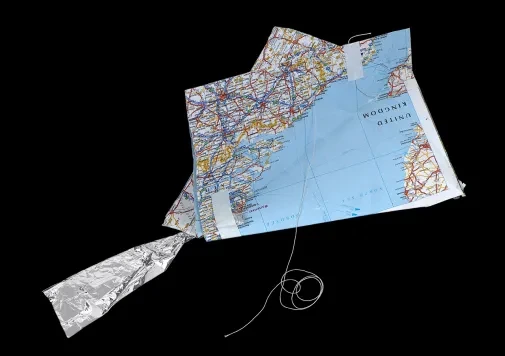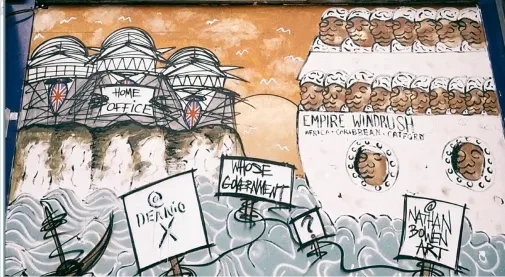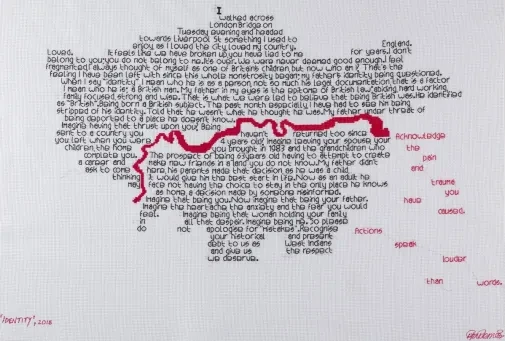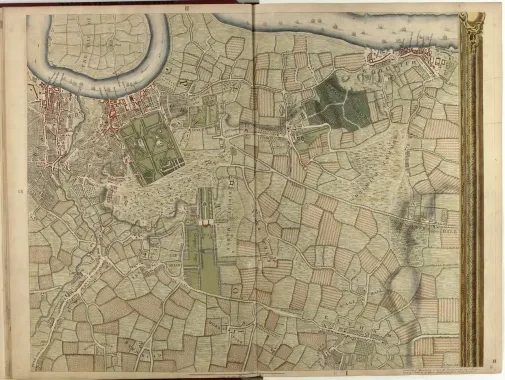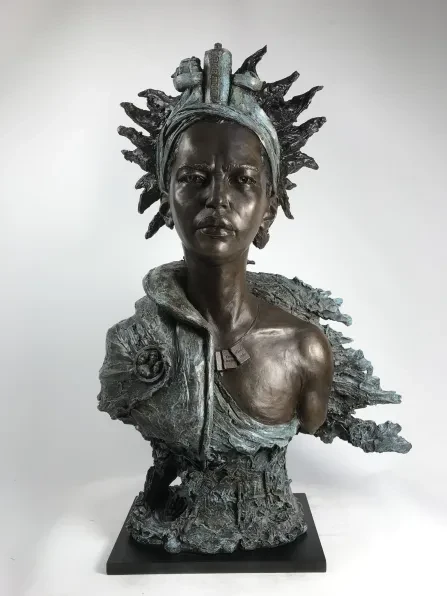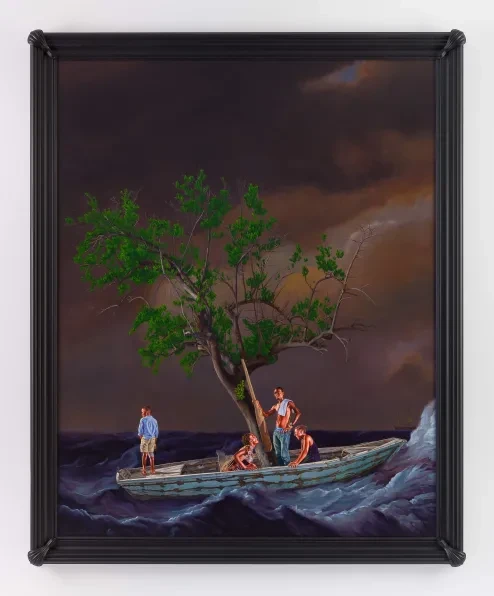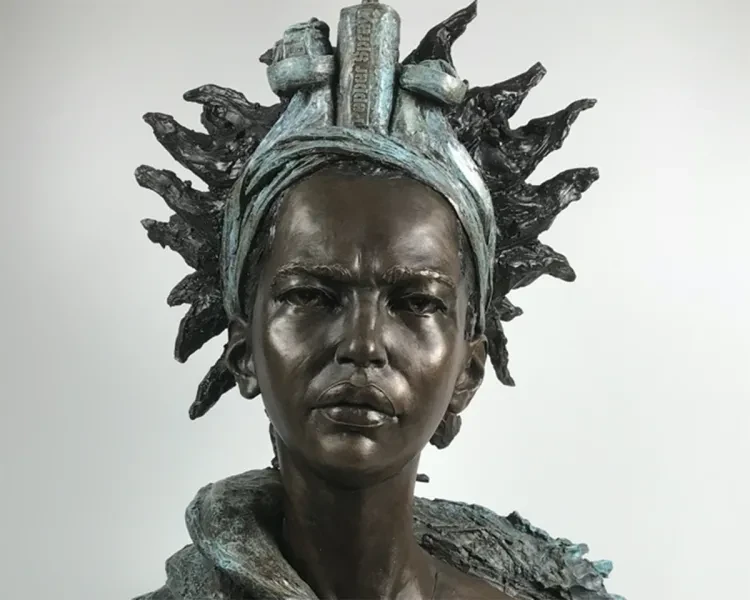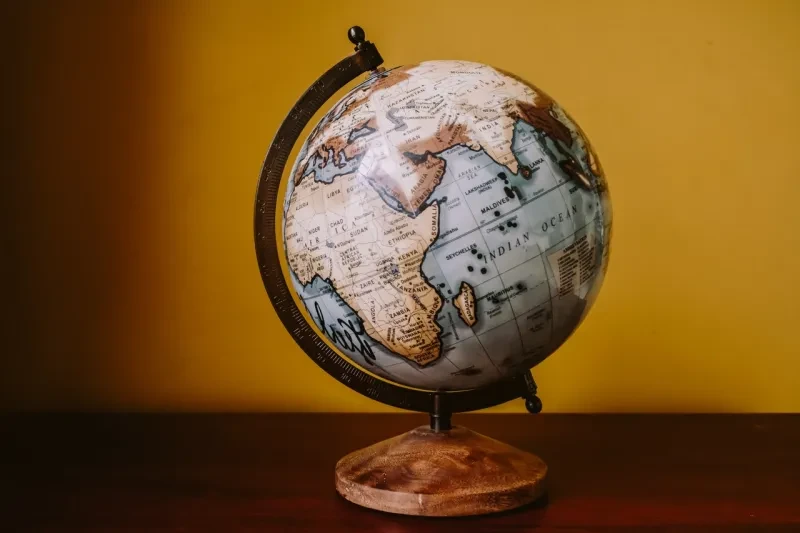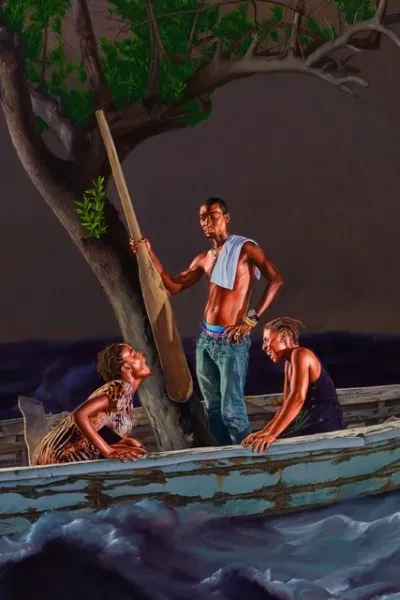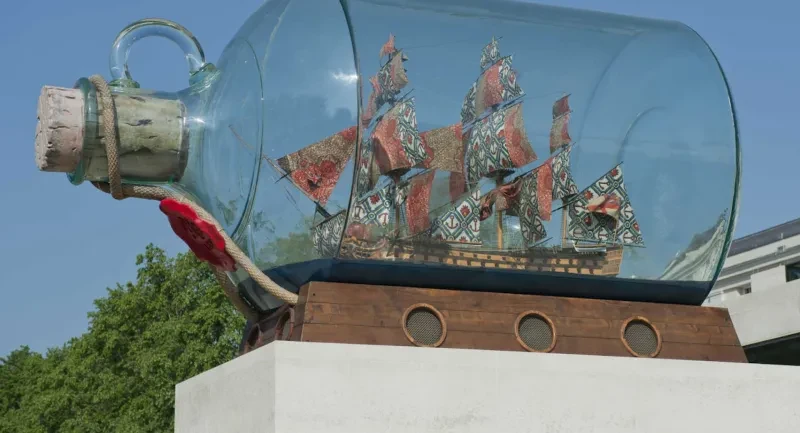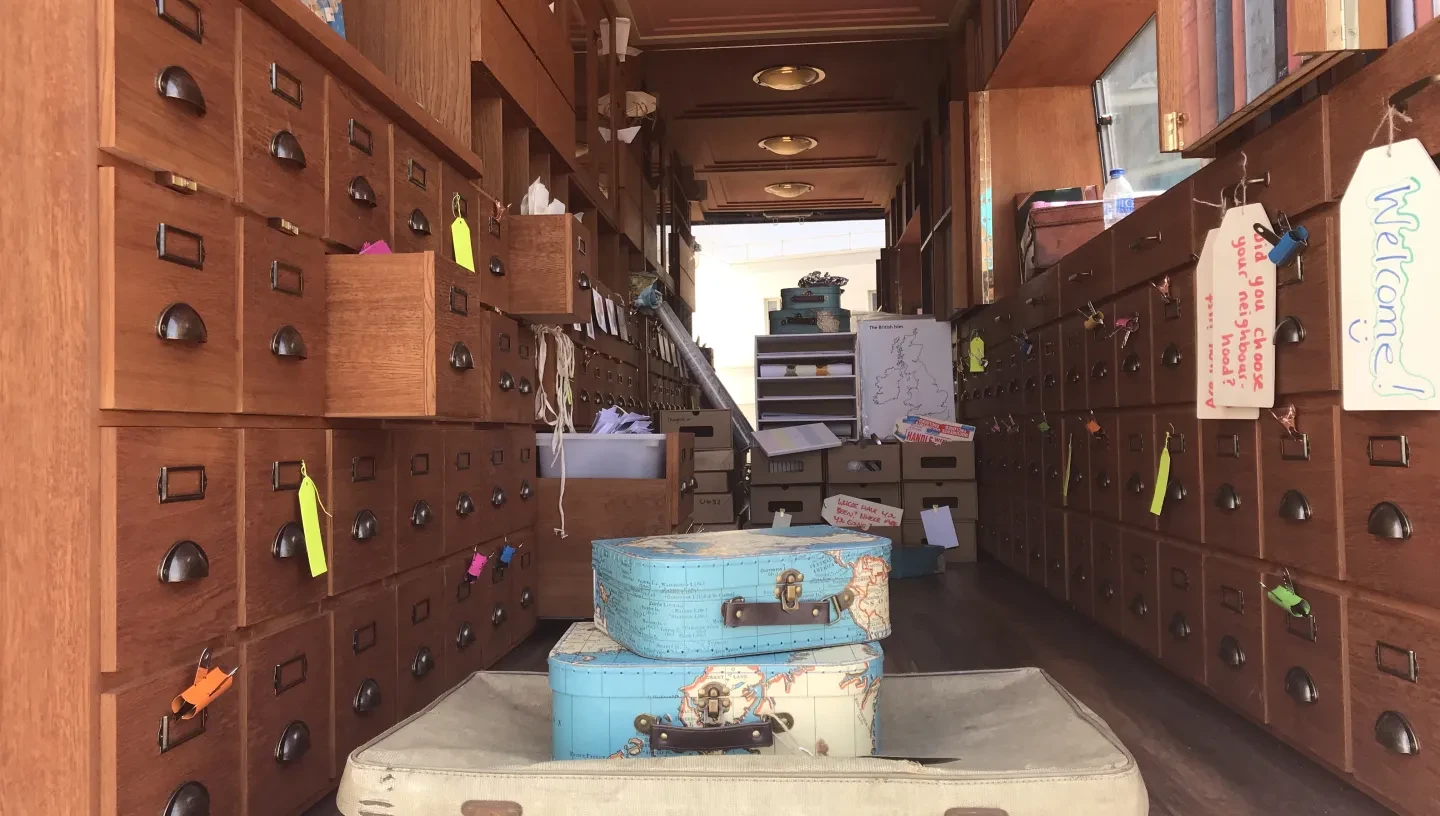
Essential information
| Location | |
|---|---|
| Key Stage | Key Stage 2 |
| School Subject | Art, History |
| Resource Type |
Teacher notes
|
The National Maritime Museum tells the history of Britain's relationship with the sea. The collections tell many stories of migration and how these journeys impact on our sense of belonging. Through the objects and artworks in our collections you and your students can learn about your own, as well as other people’s journeys.
What is in this resource?
A versatile toolbox of different objects, artworks, stories, classroom activities and discussion points you can mix and match to transform the way your students understand migration and belonging. Explore the slider below and downloadble resources to discover fascinating objects, artworks and ideas to kick-start your creative lesson planning.
Journeys Key Stage 2 Teacher resources
Journeys Key Stage 2 resource leads you through a series of creative classroom activities that will spark your classroom learning and discussions about themes of migration and belonging.
These resources were created with communities in London impacted by displacement including Action for Refugees in Lewisham, Barnet Refugee Service, The Baytree Centre and Nova.
The Teacher Guide, PowerPoint and Picture Glossary will help you and your pupils build greater understanding around the language used to talk about migration and reflect on your own personal journeys.
